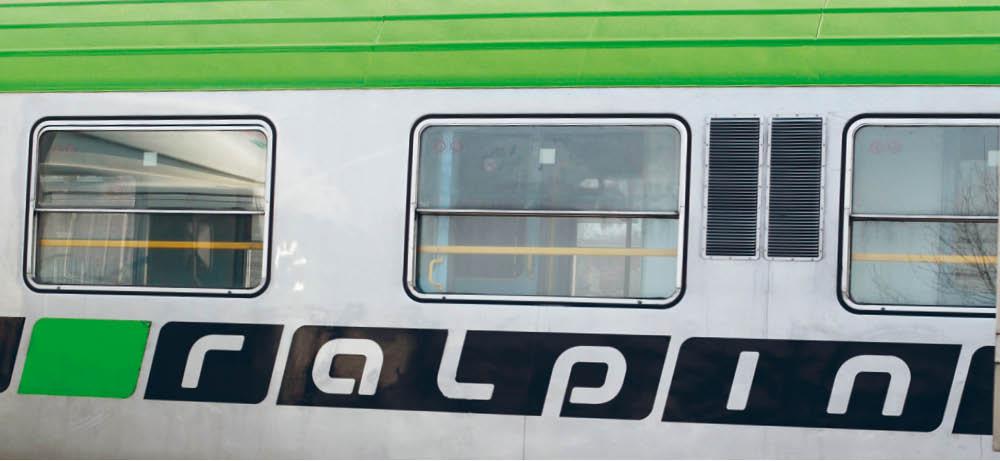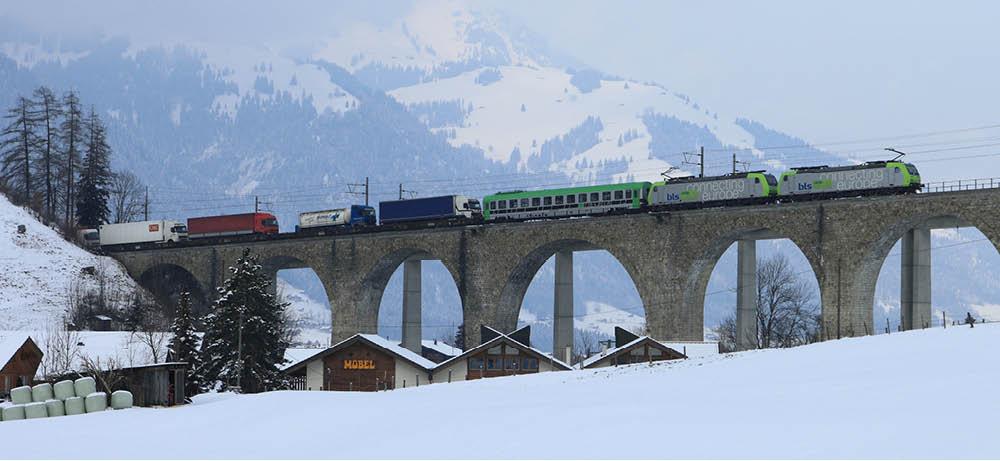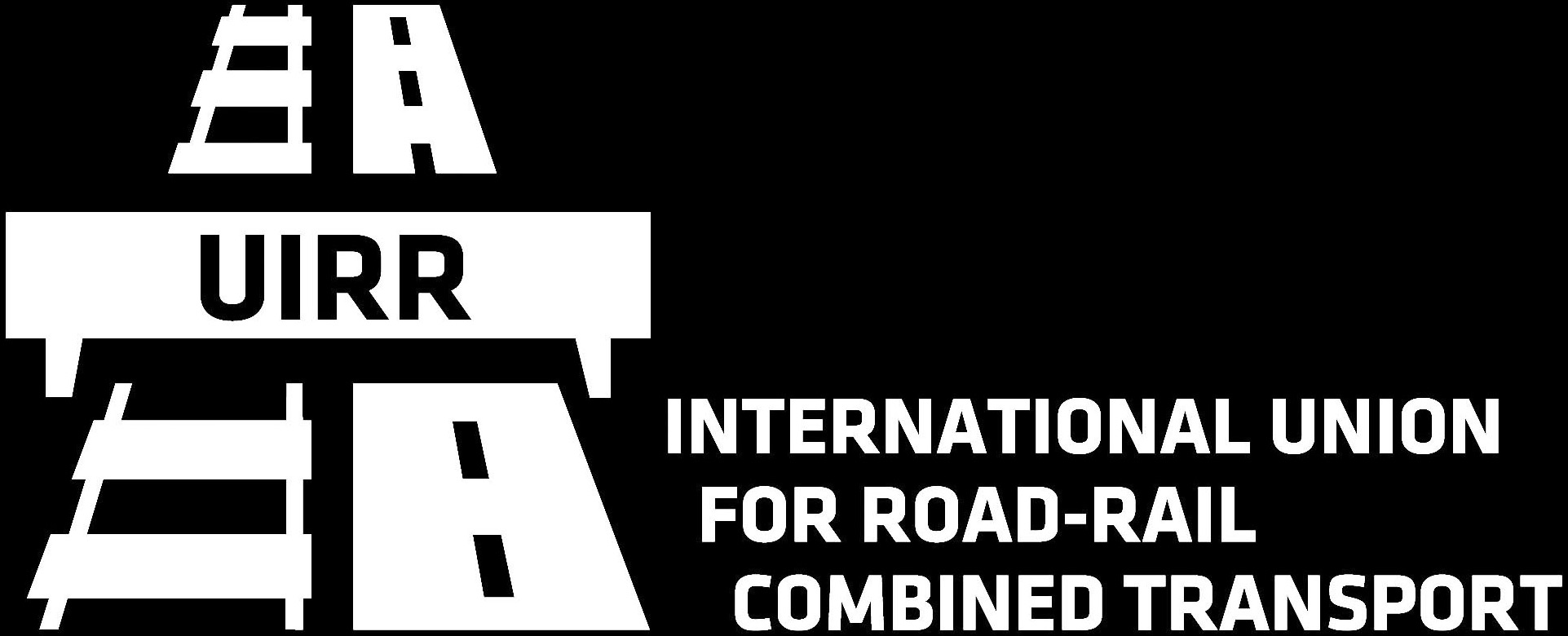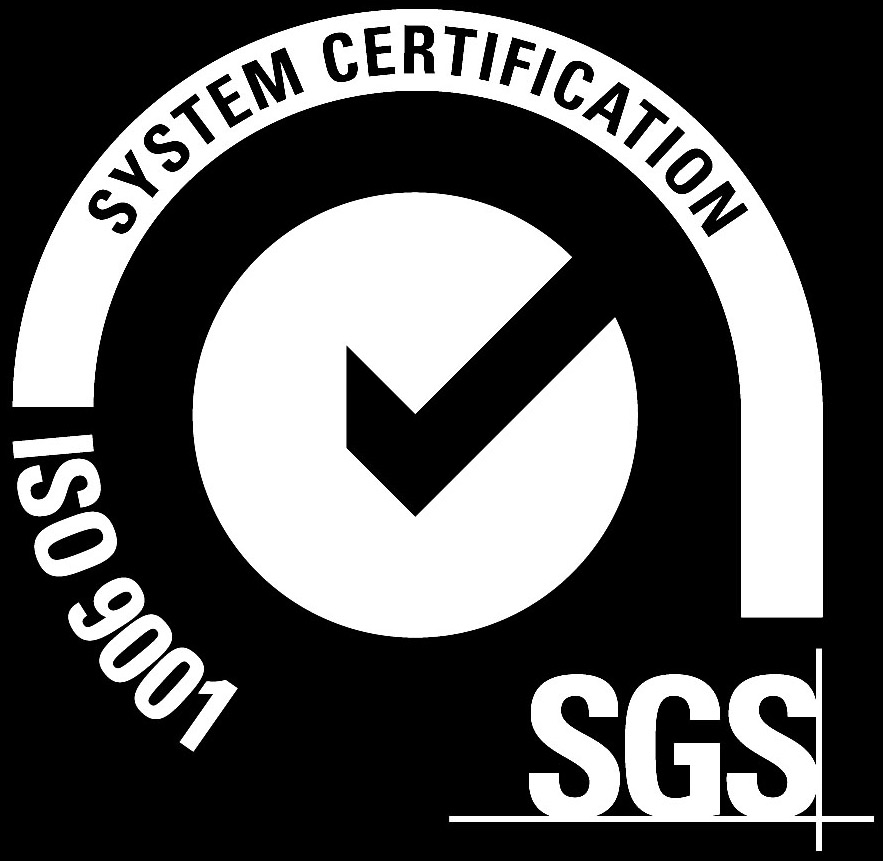HISTORY
2025 The Rolling Highway through Switzerland will be discontinued on
Saturday, 13. December 2025.
2025 After the trains were extended from 22 to 24 low-floor flat wagons in 2021, they now operate with 25 wagons or loading spaces per train.
2022 The wheelset workshop is 10 years old and has overhauled more than 64,000 wheelsets in this period.
2021 RAlpin AG celebrates its 20th anniversary on 11 June 2021. Since the start of operations, over 1.7 million lorries have been loaded onto the railway, saving 600,000 tonnes of Co2. Five air-conditioned accompanying wagons, modernised from former sleeping cars, go into service and trains run over the Luino line for the first time.
2020 RAlpin launches an online booking tool. Customers can book directly and see space availability on the trains in real time.
2018 The relation Basel - Lugano is discontinued.
2017 The modernised terminal in Freiburg i.B. was opened in Mai.
2015 For the first time more than 100'000 trucks were carried by the Rola across the Swiss Alps via the Lötschberg-Simplon axis.
2014 The millionth truck transits Switzerland on the Rola.
2013 ECM (Entity in Charge of Maintenance) certification as wagon keeper.
2012 Entry into service of the 20 modernised passenger coaches; launch of Production Monitoring activities; inauguration of the newly built wheelset maintenance workshop in Wangen bei Olten. ISO 9001:2008 quality management certification.
2011 Transfer of the Basel - Lugano relation from Hupac SA.
2008 Carriage of the 500,000th truck.
2007 sees RAlpin start using the new 34.6-kilometre Lötschberg Base Tunnel.
2006 sees RAlpin's shareholders restructure the organization. The new organisation is also strengthened in the area of finance and technology. RAlpin continues to avail itself of services from its shareholders and partners Hupac, BLS and SBB Cargo. The company's domicile is relocated to Olten. RAlpin AG is now transporting more than 80,000 trucks per year through Switzerland.
2001 BLS AG, Hupac SA and SBB Cargo AG establish RAlpin AG with domicile in Bern. Two months later on 11 June 2001 the first RAlpin train takes to the rails.
1999 RAlpin, still a BLS/SBB/Hupac joint venture at the time, is awarded the contract to operate the Rolling Highway.
1998 With its approval of the distance-related heavy vehicle fee (HVF) law, the Swiss population restates its determination to see traffic adopt a more environmentally responsible attitude and boost the cost-effectiveness of rail. Alongside the existing Sunday and night-driving ban on heavy goods vehicles, the HVF presents RAlpin with a further argument in favour of the Rolling Highway.
By the late 1980s / early 1990s Switzerland had become well aware of energy and environmental issues due to the energy crisis of 1973. As early as 1976 the Federation commissions the conversion to twin tracks of the Lötschberg railway line for piggy-back traffic, while in 1982 the VCS automobile club and environmental associations launch a citizens' initiative calling for the introduction of a distance-related charge for heavy goods vehicles.
In the early 1980s, Switzerland's Federal Department of Transport, Communications and Energy (EVED – now UVEK) presents a transit concept calling for the harmonisation of road and rail development. The report also declares that rail should be the preferred means of transporting freight over long distances. This was to be the concept that laid the cornerstone of Switzerland's modal shift policy.
1981 sees Hupac launch a Rolling Highway service between Freiburg im Breisgau and Milan Greco Pirelli.







